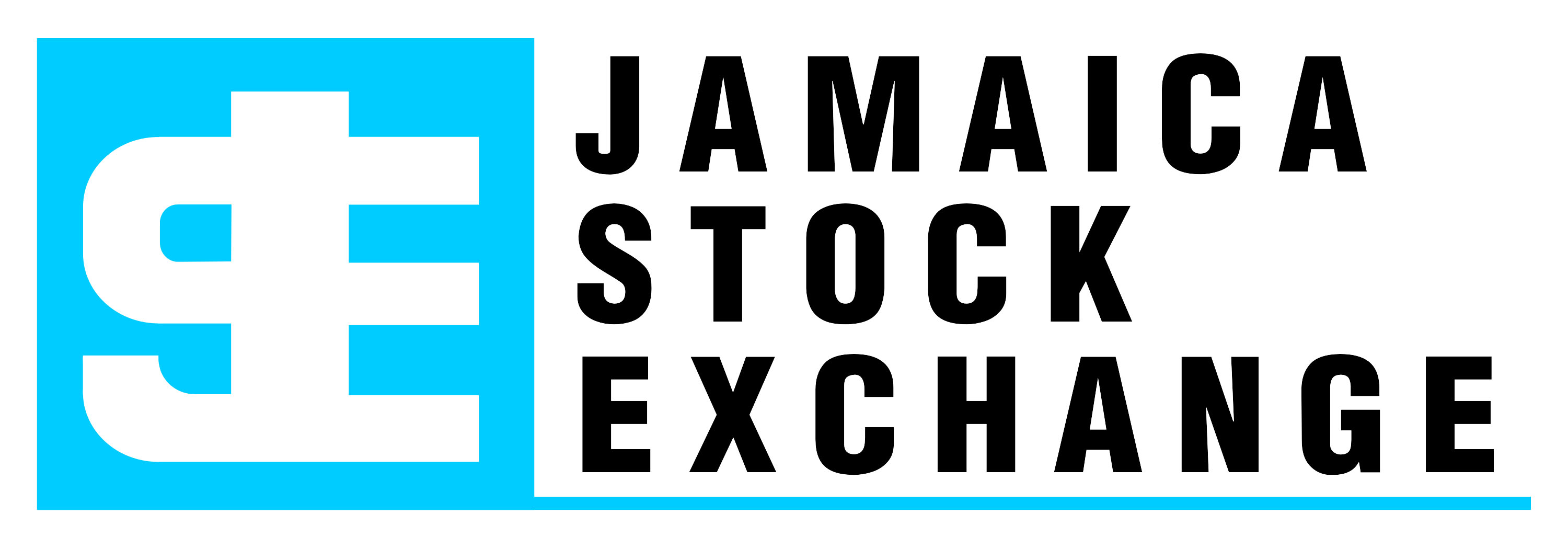 Are you certain that the medicine you are taking is authentic? Are you sure your motor car brake repairer installed up-to-specification parts in your car? Western consumers now know otherwise, but when I penned an article a year ago on Chinese counterfeit consumables, Western consumers remained skeptical on something that mainland Chinese consumers have known for countless decades.
Are you certain that the medicine you are taking is authentic? Are you sure your motor car brake repairer installed up-to-specification parts in your car? Western consumers now know otherwise, but when I penned an article a year ago on Chinese counterfeit consumables, Western consumers remained skeptical on something that mainland Chinese consumers have known for countless decades.
As domestic Chinese companies increase their exports worldwide, the supply of counterfeit products is expected to become a flood, posing alarming challenges to global brands. Western customs agencies have witnessed a rise in counterfeit goods, simultaneously with the sharp increase in the rate of seizures. Counterfeiting in China may even account for one fifth of GDP, although no-one can be certain.
Counterfeited products in China include books [President Bill Clinton’s biography in English and Chinese], batteries, apparel, machine parts, industrial consumables, electronics and software, drugs, recreational gear, cigarettes, money, personal care items, food, anti-counterfeiting holograms, software protection keys, motorcycles and more. Of course, counterfeiting spreads know-how, engenders capability, lifts economic performance and addresses historical imbalances between the East and the West. This is the other side to counterfeiting and the reason why it won’t be stamped out, a point I’ll address below.

Counterfeit products are seductive. A seemingly identical set of American golf clubs, complete with golf bag, may cost one tenth of the genuine article and with the look and feel of the genuine product, more or less!
But the quality will not be the same! Not for that price. Materials and work quality will be inferior and the product will not deliver the same performance nor last as long as the original golf clubs. Even non-counterfeit Chinese products for their domestic market may well not be up to Western specification and are unsuitable for export to the West, where expectations and standards are much higher.
Functionally, there is little risk if it’s a Louis Vuitton handbag being copied. But it is a concern when that counterfeit item is a sub-specification machine part or a chemical product. Under cost pressure, could an airline purchasing manager in a third world country resist purchasing a critical hydraulic seal for $50 instead of the genuine sourced Western seal for $250 or more? Western supply managers are similarly challenged.
Not all counterfeit products are of lower quality. Some actually come from the licensed outsourced manufacturers of the brand owner. The factory may do an extra production run, possibly even at another factory, to sell that product at a higher markup. This undermines the efforts of some foreign outsourcing brand managers who naively believe that they have impressively reduced their own costs through cheap outsourcing arrangements, only to discover themselves competing against their own brand. The use of third party suppliers has always had hidden consequences.
 Recent history, as it has been played out, has not been accurately taught in Western schools. The Chinese are more thoroughly instructed in the history of foreign imperial interventions. Visitors to Southern China’s GuangDong Province can take in the Chinese view at the several Opium War Museums of how Britain forced opium consumption upon the Chinese to correct its unfavorable trade balance and further extract economic concessions from China for the removal of resources and products. Other foreign powers did likewise. Now that industrialized Western countries have grown strong, Chinese strategists may well say that the regime of intellectual property rights [IPR] enforcement is intended to remove the ladder of support that Western countries used to elevate themselves. In historical terms, IPR is seen as a modern replay of Western economic imperialism, intended to slow the development of countries whose underdevelopment came about through foreign interventionists seeking to enrich their sovereign economies.
Recent history, as it has been played out, has not been accurately taught in Western schools. The Chinese are more thoroughly instructed in the history of foreign imperial interventions. Visitors to Southern China’s GuangDong Province can take in the Chinese view at the several Opium War Museums of how Britain forced opium consumption upon the Chinese to correct its unfavorable trade balance and further extract economic concessions from China for the removal of resources and products. Other foreign powers did likewise. Now that industrialized Western countries have grown strong, Chinese strategists may well say that the regime of intellectual property rights [IPR] enforcement is intended to remove the ladder of support that Western countries used to elevate themselves. In historical terms, IPR is seen as a modern replay of Western economic imperialism, intended to slow the development of countries whose underdevelopment came about through foreign interventionists seeking to enrich their sovereign economies.
The strong connection that the Chinese exhibit towards their past versus the “here and now” mentality of Western business people is a significant and defining cultural difference that cannot be easily dismissed. In fact, IPR violations did indeed also spread technology and know-how throughout the West, as it is now doing in China and other third world countries.
The introduction into China of foreign products and know-how is enabling the Chinese to develop their applied domestic skills and abilities across the full spectrum of manufacturing, sourcing and supply. Through reverse engineering, advanced CAD software and technical collaboration, Chinese businesses are tearing down foreign products and re-engineering their own replicas. These are the field enabling experiences that the Chinese education system lacks, always with its strong emphasis on book learning.
Currently, this approach bypasses the brand development work and the serious research and development [R&D] that attends Western brand creation. But it is now only a matter of time before the copycat factories progress from their wholly applied industrial approach to the development of their talents in the softer skills of marketing and the subtler skills of R&D, already happening to an extent. It is precisely because of the strategic threat that this poses that the Japanese limit the transfer of their R&D and manufacturing know-how to China, retaining high technology and advanced manufacturing skills at home and, unlike the United States, seeking ways to keep it at home.
By Les Lothringer in ShangHai
Special to Peace and Freedom
July 25, 2007
——————-
About the Author
——————-
Les is a veteran business consultant with over 30 years of commercial experience including Business Renovation, Management Consulting, Interim Management and Workshop based Training in diverse industries throughout the Asia Pacific Region.
Les may be contacted at director@strategywestasia.com. Website: http://www.strategywestasia.com/
We at Peace and Freedom sincerely thank Les for all his wisdom, advice and this article.

 Businessuite Women2 weeks ago
Businessuite Women2 weeks ago
 Businessuite News243 weeks ago
Businessuite News243 weeks ago
 Businessuite News242 weeks ago
Businessuite News242 weeks ago
 Businessuite News24 International3 weeks ago
Businessuite News24 International3 weeks ago
 Corporate Feature3 weeks ago
Corporate Feature3 weeks ago
 Businessuite Markets3 weeks ago
Businessuite Markets3 weeks ago
 Business Insights2 weeks ago
Business Insights2 weeks ago
 Businessuite Women4 weeks ago
Businessuite Women4 weeks ago













